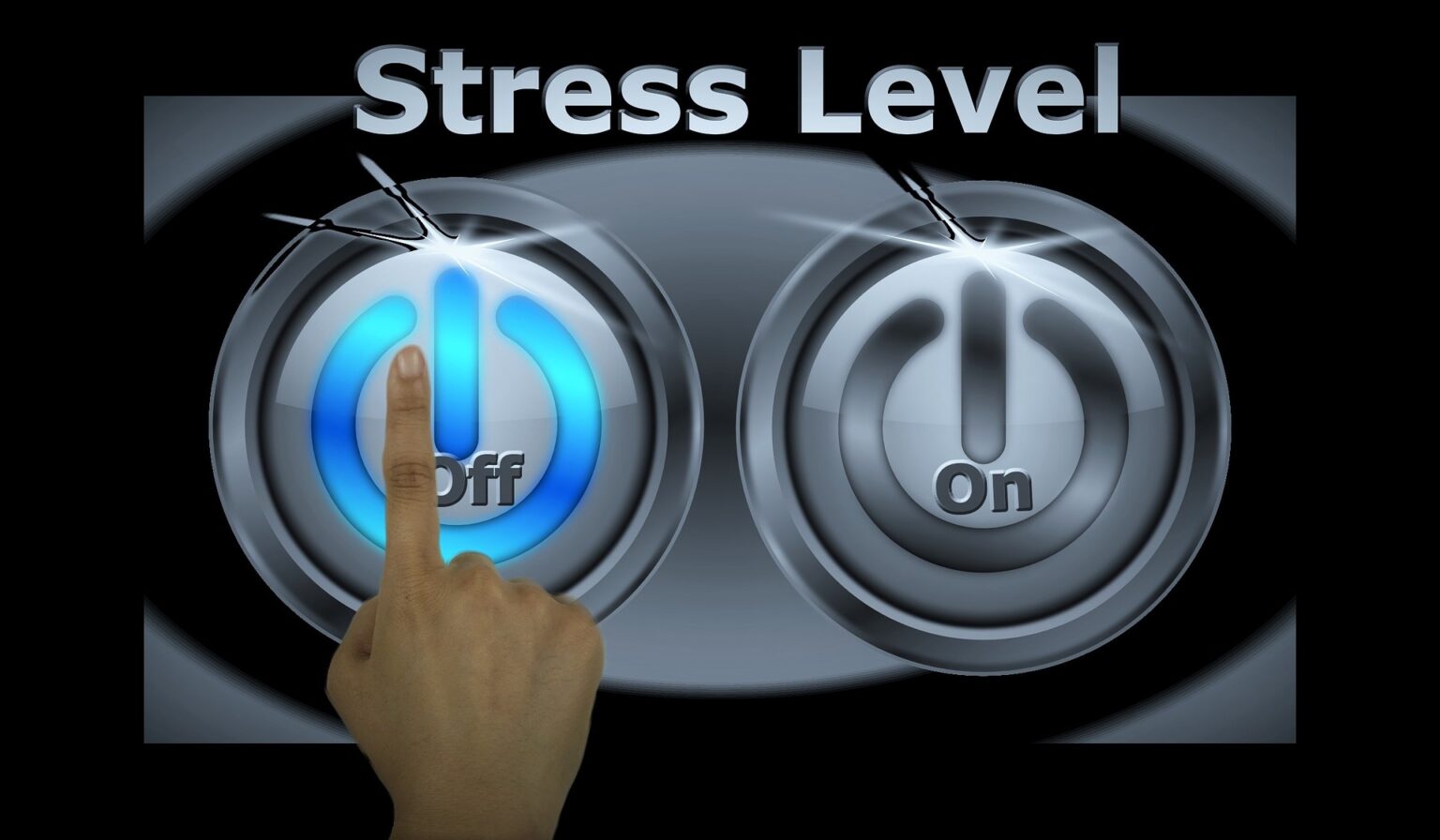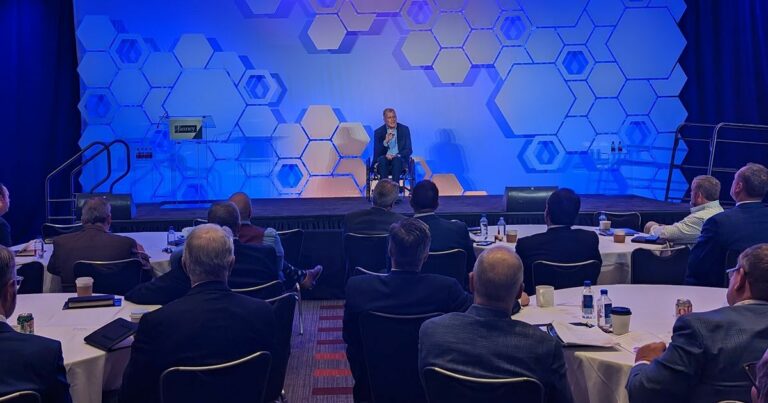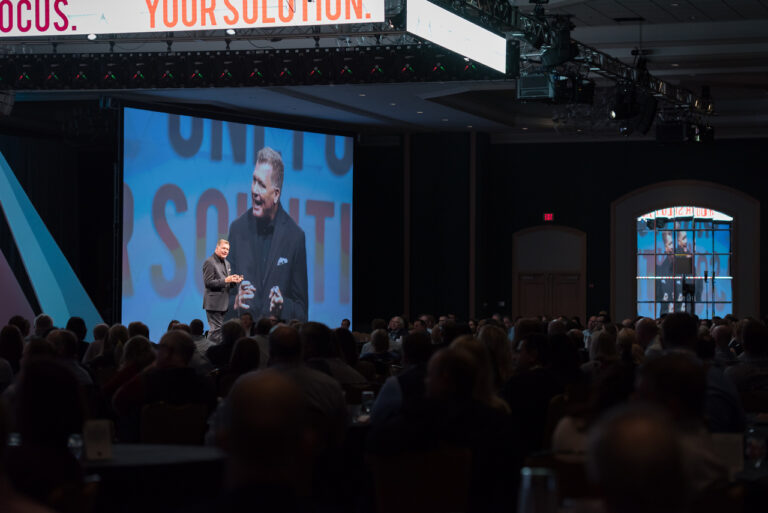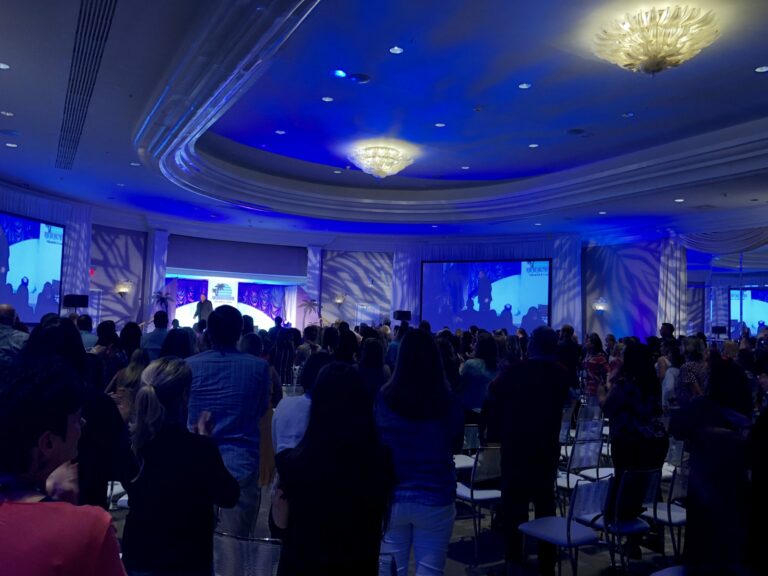When Being “Only Human” Can Lead to Catastrophe
As a national keynote speaker on workplace safety and accidents caused by stress and other factors, I am familiar with the worn excuse of “they were only being human.” I remember the accident that led to my becoming a quadriplegic.
Family and friends told me that my failure to wear a seatbelt was because I was only human and under stress. In the months after the crash, I wondered what might have happened had I the vision to see where my choices could lead and the determination to overcome my carelessness in the first place.
Human Factors
The American Institute of Stress (March 28, 2019) stated that “80% of workers feel stress on the job, nearly half say they need help in learning how to manage stress.” In the same report it was noted that of all of the factors in the workplace that cause stress, the largest reason at 46 percent was workload. When a heavy workload is combined with stress, accidents occur. Those under stress usually think they can do more than they can safely do. They are too rushed and too stressed to ask for help.
The “Institute” reflected the ideas of Dr. David Spiegel, medical director of the Stanford Center on Stress and Health in Stanford, California in Safety + Health magazine:
“Safety professionals can play an important role in helping workers cope with stress.
It’s very clear that a big proportion of safety problems are due to human error, and some of that is related to stress. You need to be concerned as a manager for the overall health of your employees.”
Safety Consultant Dr. Michael Topf has spent a career working to help reduce employee stress. His observation about workers and the effects of workplace pressure have shattered a lot of myths. No matter the educational level, from Ph.D.’s on down, when stress is in play problems arise. You can’t overcome poor safety habits with intellectual thought:
“What I found was that…stress has an impact on safety. People learn to stuff their feelings. They hide their stress. They think, ‘You need to be bigger than it.’ So, it all goes in, but it doesn’t go away – it’s all stored in your body somewhere. It’s stored mentally and it’s stored physically.”
Topf gave a hypothetical example of a worker who had a sick parent in the hospital.
“You get to work and you’re climbing a ladder or you’re on scaffolding. While you’re walking along on the scaffolding, part of your attention is on where you’re walking and what you’re doing, but also part of your attention is on your sick mother in the hospital. Loss of focus or inattention is a major cause of injury.”
Overcoming Poor Decisions
As a safety professional, you must have the insight and the determination to see the connection between stress, workload and workplace accidents. Safety is a company-wide challenge. Safety professionals need the resolve to help workers under stress.
Finally, of the 46 percent of workers in the AIS study who cited workload as a major problem for causing stress (and accidents), in turn most of them saw stress as affecting their co-workers as well. Safety is everyone’s business. “Being human” is an explanation and an excuse we must avoid.
Contact Scott Burrows, National Keynote Speaker on Safety and Stress Related Workplace Accidents, through this website or call us at: (520) 548-1169



